2019 marked the 50th anniversary of man’s first steps on the Moon. On July 20th 1969 Neil Armstrong, Buzz Aldrin and Michael Collins became the first crew to successfully land on the Moon. To celebrate this epic milestone, our team are selling original newspapers that were produced on the day the news spread far and wide across the world. This article will discuss the world-famous event and these three pathfinders: their background and the role they played in the venture. This post will also discuss the disparity in opinions shared from the day of the event, the theories and conspiracies that have emerged, giving an insight to the content of our original moon landing newspaper article from 1969.
Daily Mirror front page, July 1969
The Pathfinders
Armstrong: Described as notoriously aloof, Neil Armstrong was a graduate of Purdue University and had only ever completed one spaceflight before his second (and last) flight on Apollo 11 as commander of the crew. Upon landing, it is said that Armstrong’s heart reached 150 beats per minute, as he prepared to change the course of human history. When taking the first steps ever recorded on the Moon’s surface, Armstrong was shown live on a global television broadcast that was watched by around 600 million people – an estimated 14% of the world’s population at the time. Although Armstrong infamously misquoted the prepared speech, his description of the landing as “One Small Step for Man, One Giant Leap for Mankind” will never be forgotten. Armstrong and his crew are fittingly referred to as pathfinders in history within our own moon landing newspaper report.
Aldrin: Buzz Aldrin was the command module pilot for the Apollo 11 spaceflight and the second man (by a delay of 9 minutes) to ever step foot on the surface of the Moon. Buzz was always academic: finishing Montclair High School a year early and graduating third in his class at the US Military Academy in mechanical engineering, and was the first ever astronaut with a doctorate degree. Interestingly, Aldrin’s first application to NASA was rejected with him not being accepted to Group 3 until a year later. Although Buzz Aldrin was not the first man on the Moon, he was the first man to take part in a religious ceremony on the Moon – conducting his own private communion. Along with his crew, Aldrin was awarded with the Congressional Gold Medal in 2011, amongst many other awards.
Collins: A self-confessed loner, Michael Collins almost missed the opportunity to be part of the Apollo 11 crew due to surgery he’d had to fuse two vertebrae together. As the lunar module pilot, Collins had the responsibility of keeping the spacecraft in orbit; flying solo while Aldrin and Armstrong landed the Eagle spacecraft and completed their moon walk. Reportedly, Collins was extremely nervous about the survival of his crew upon landing, a feeling that was shared by Aldrin, Armstrong and others – including the President of the United States. Then President, Richard Nixon, had already prepared a speech for the worst-case scenario: “Fate has ordained that the men who went to the Moon to explore in peace will stay on the Moon to rest in peace”. In reality, the spaceflight was completed with minimal disruption. Reportedly Collins never felt lonely during the independent orbit, despite being very alone. He knew he had played an equal and important role in the mission as the rest of his team. Instead of loneliness, he described experiencing feelings of awareness, satisfaction and confidence.
Newspaper feature “The Pathfinders”
Shop our Historic Newspapers book on The Story of the Moon Landings to learn more through newspaper headlines...

The Scepticism
But did we really land on the Moon? It is claimed that 25% of the British public believe that the Moon landing was a hoax. There are multiple moon landing conspiracy theories that have been discussed in recent years, which would support this belief and have been used to explain why so many people are confident the Moon landing never happened.
The Space Race: One conspiracy theory claims that a hoax was motivated by America’s desire to be the first country to land man on the Moon, ahead of the Soviet Union. Due to an ongoing Cold War between the two nations, it is likely that the United States would have wanted to show technological and mechanical advancement. It is thought that, in a bid to receive global recognition and acclaim, the United States falsified the landing on the moon and were able to fuel the hoax with fake images and footage filmed from a studio. From research conducted by supporters of the theory, light, positioning and reflection oddities are suggested within the footage of the astronauts during their walk on the Moon.
Missing Data: One of the most credible and popular conspiracy theories draws on the knowledge that there are various blueprints, designs and drawings of the Apollo 11 technology and machinery that have been ‘misplaced’. Arguably the most heavily discussed missing object is the official videotape of the Apollo 11 landing. When the historic event was broadcast live worldwide, the quality was poor and indistinct – however, the actual footage was highly detailed and clear. These images were not stored correctly, and somewhere between 1975 and 1979 over 10,000 reels of data were misplaced never to be re-discovered. Amongst hoax supporters and ‘Moon Doubters’, this lack of footage has led to suspicion over the truth of the event.
Although there are doubts and scepticism surrounding the truth of the first ever moon landing, it is frequently thought that conspiracy theories are impossible due to their size and high complexity. An estimate figure of 400,000 members of staff who worked on the Apollo project would have needed to be trusted with the details of the hoax, and to this day have not commented on any conspiracies. It is often argued that it would have been simpler to actually land man on the Moon, than to generate, monitor and contain such a huge lie.
If you would like to learn more about the Pathfinders involved in the Apollo 11 venture, about the scepticism surrounding it- or just want to read about one of the world’s most historic events, take a look at an original 1969 newspaper.
Shop our Historic Newspapers book on the Space Race here!




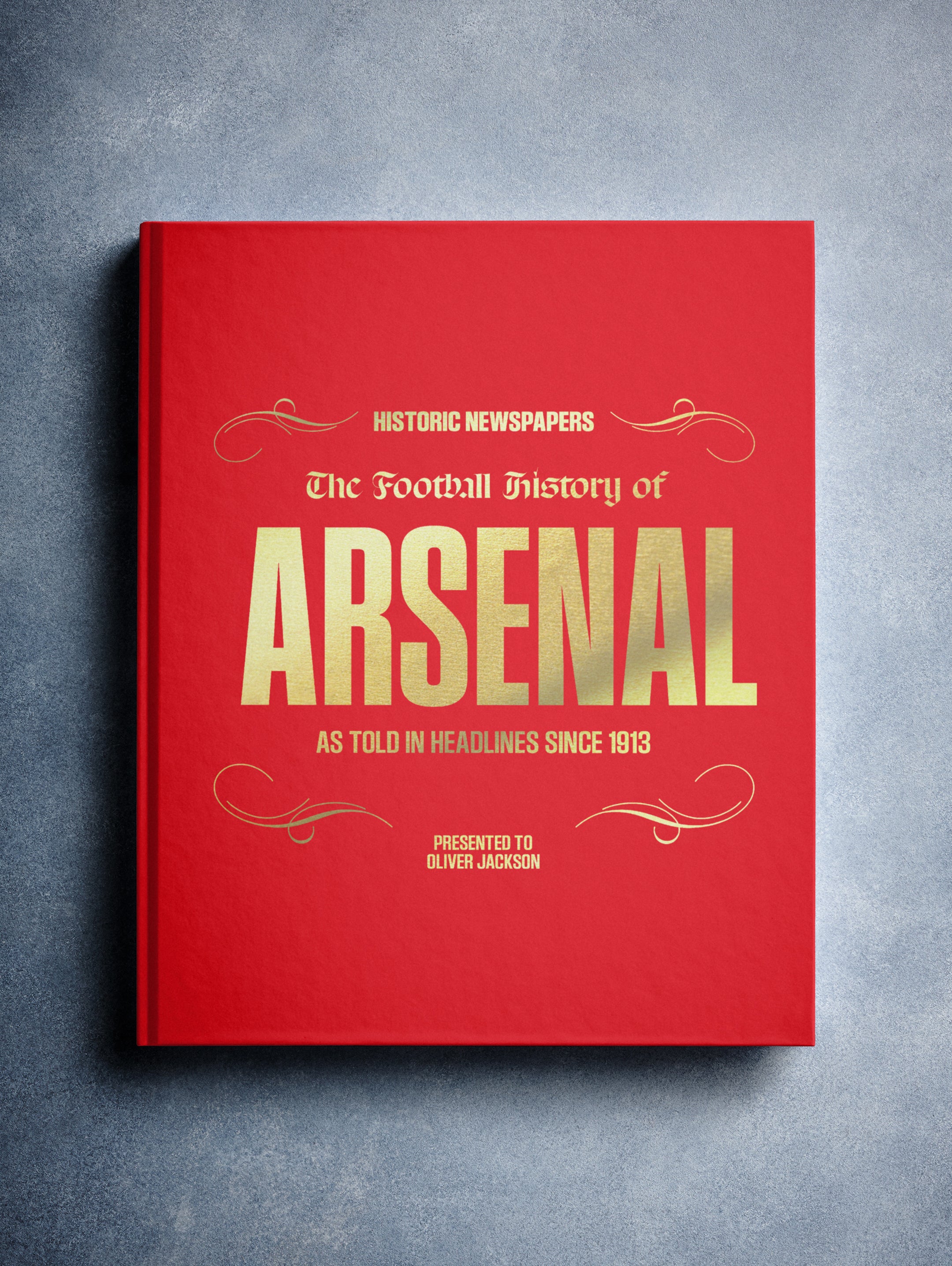
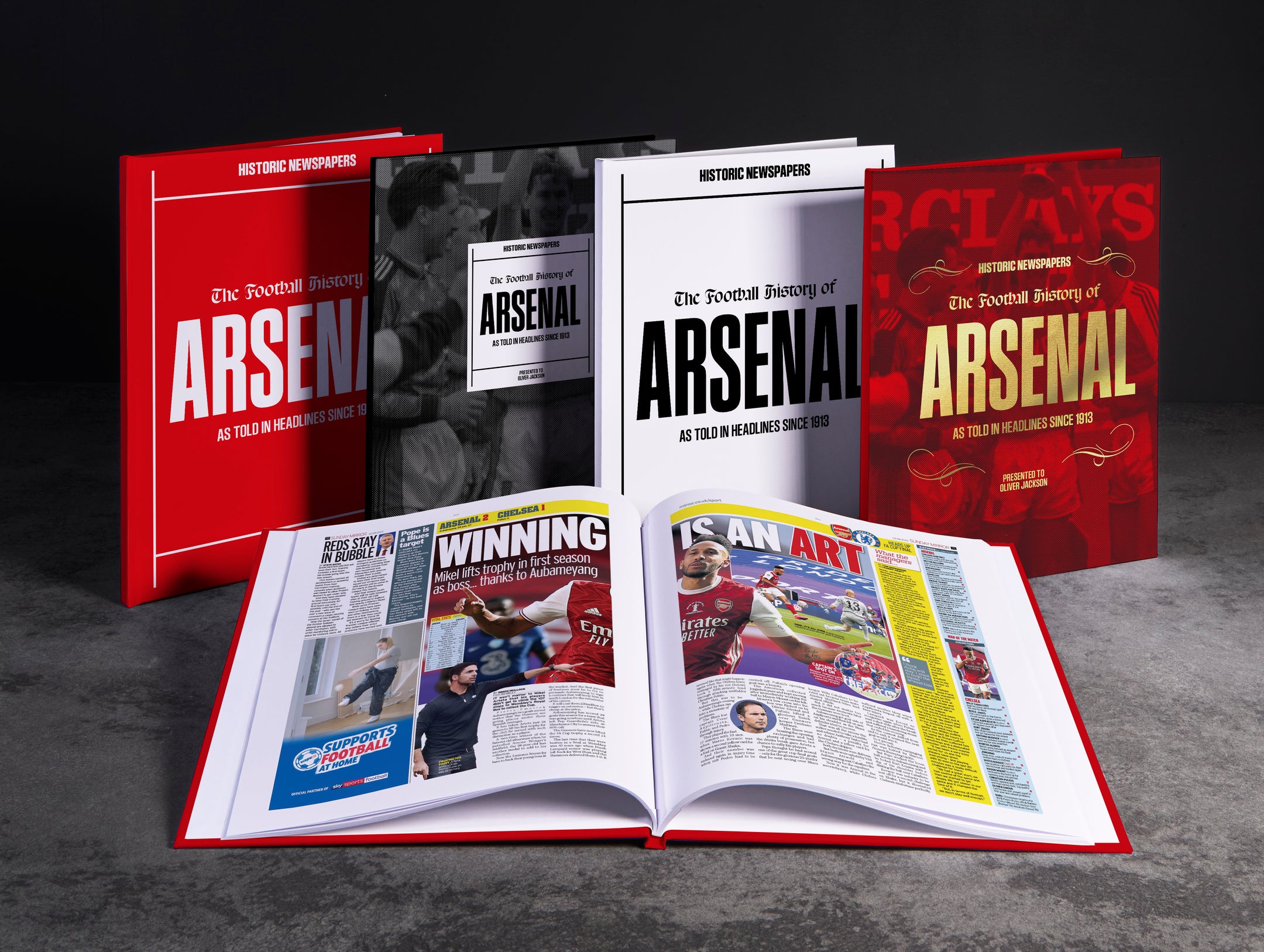
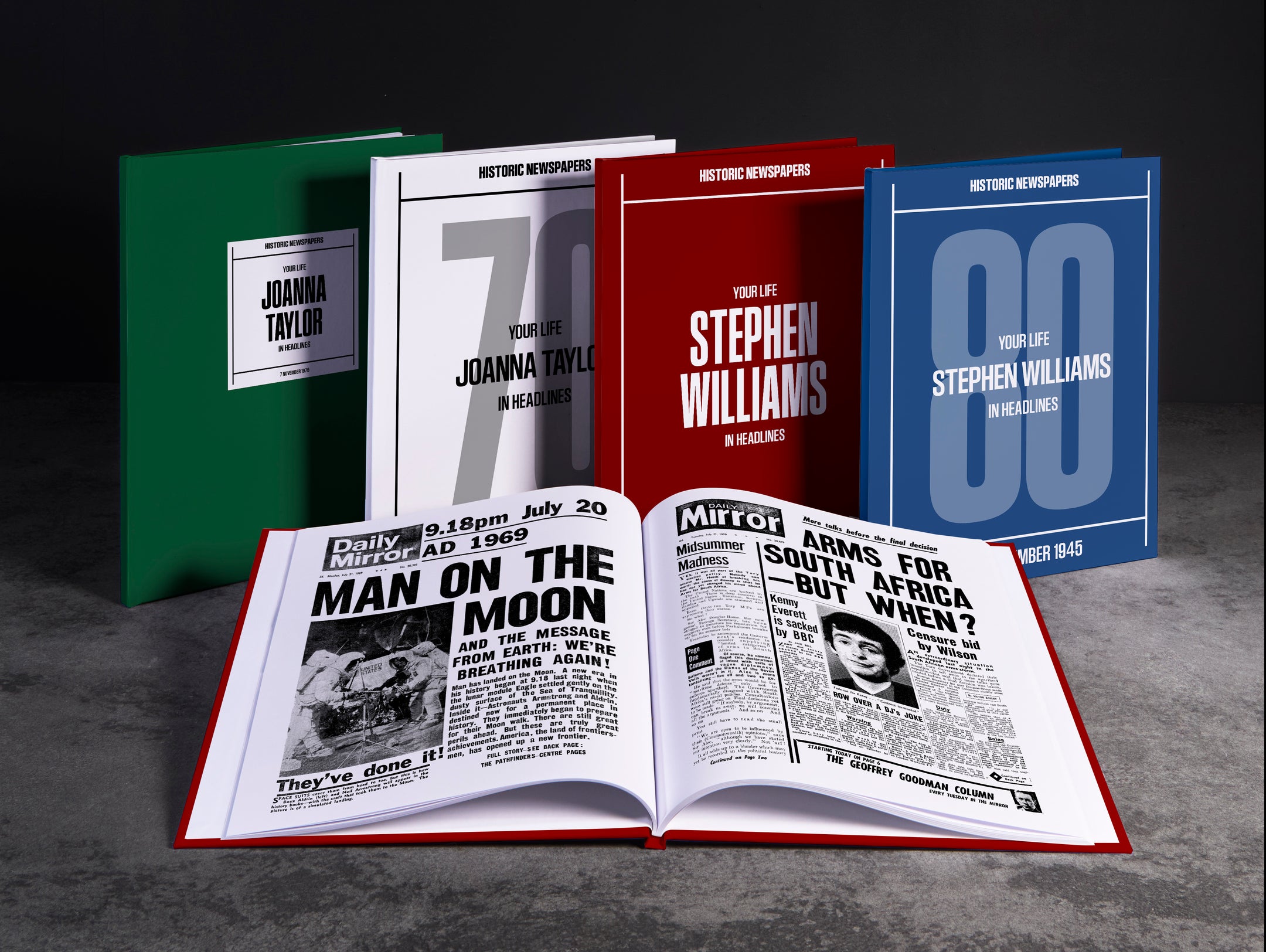
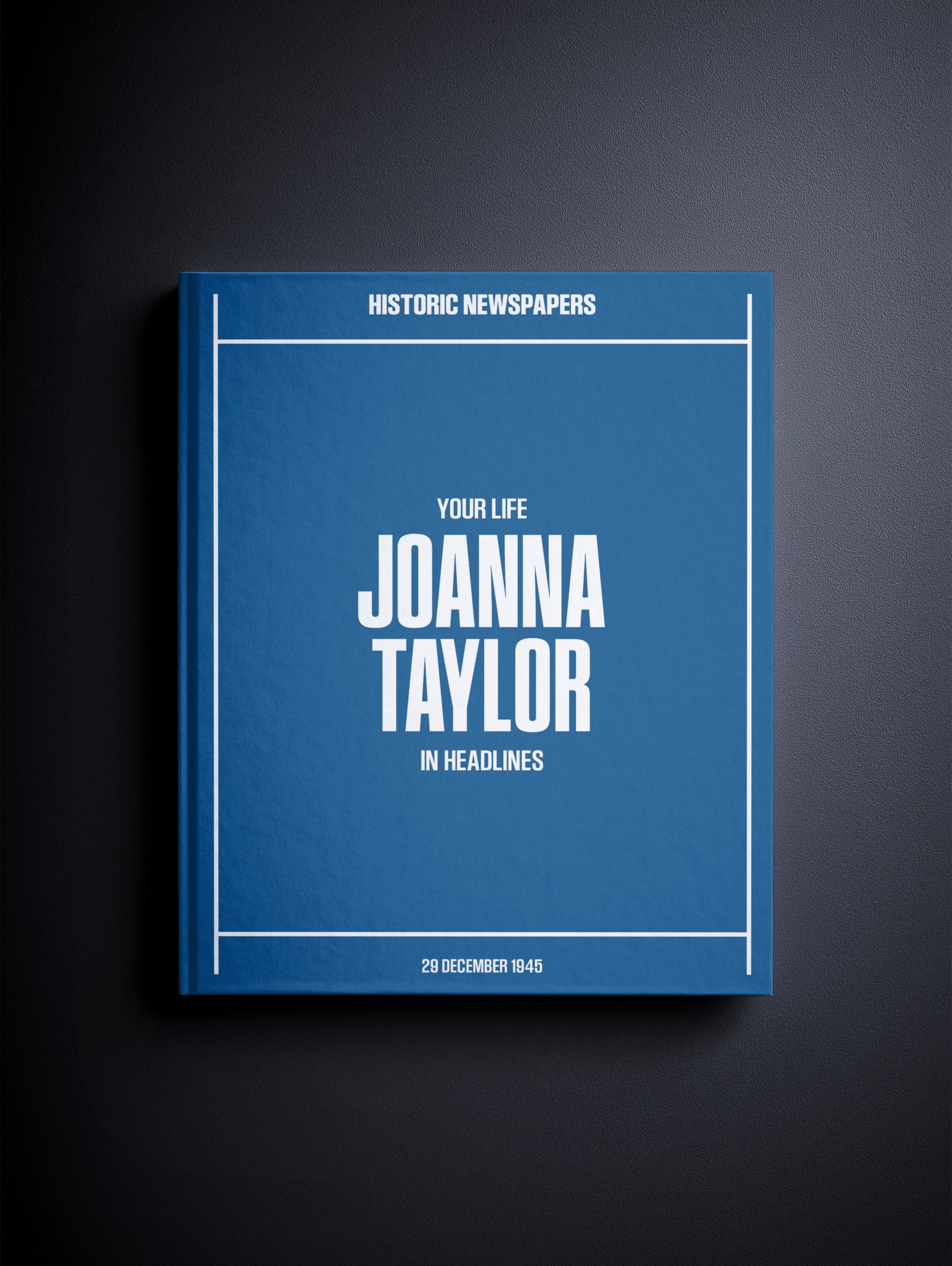
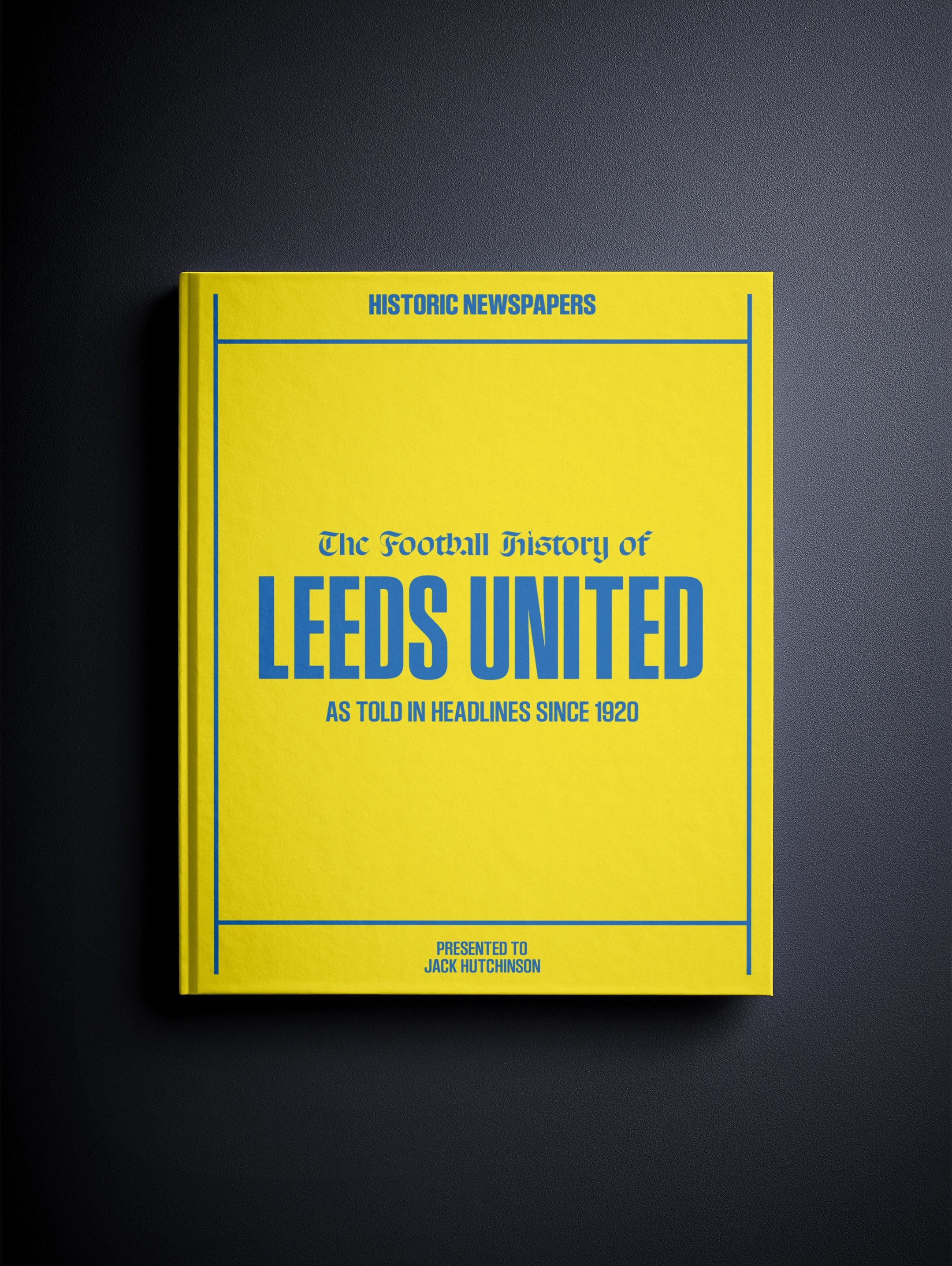
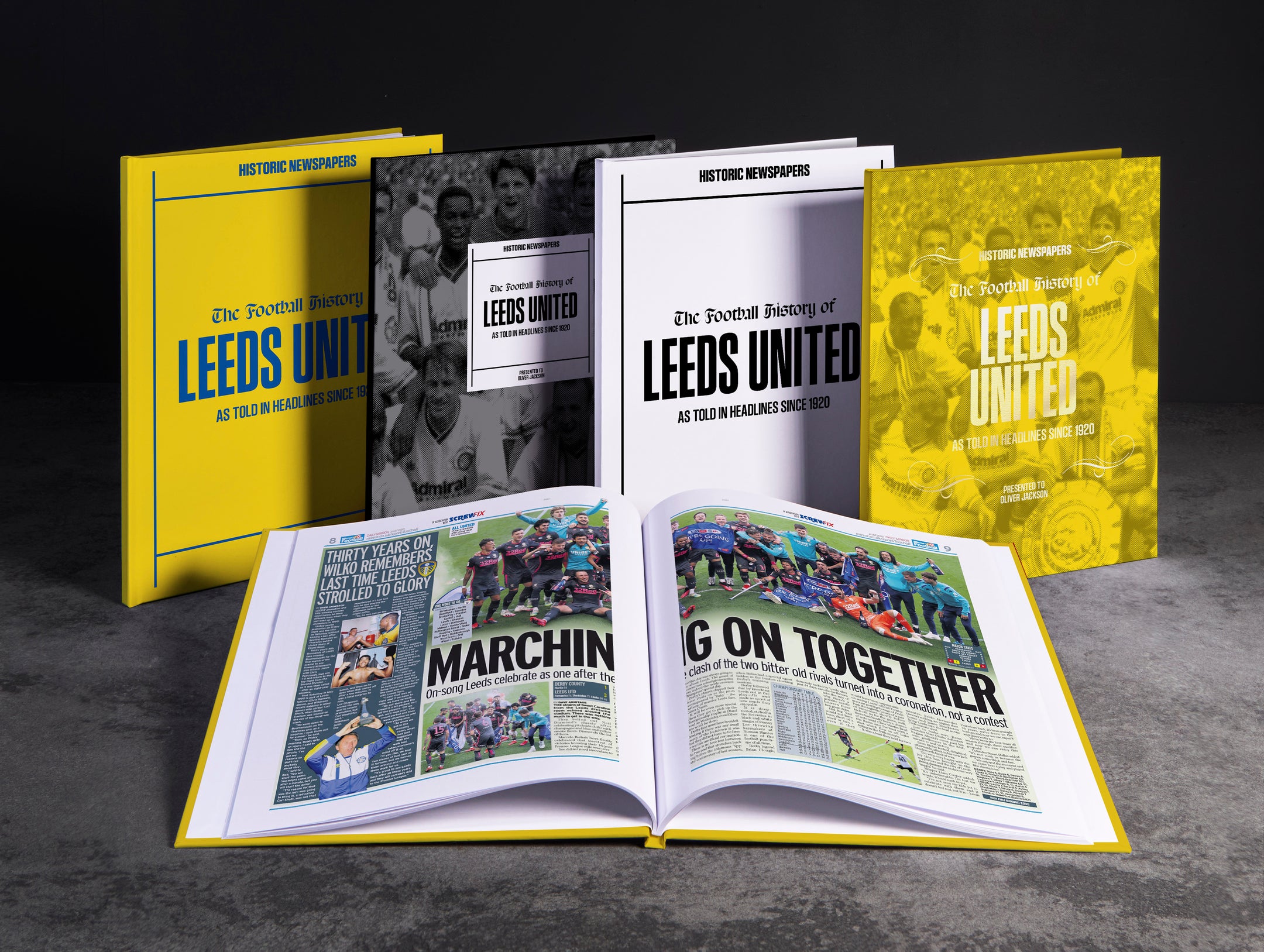
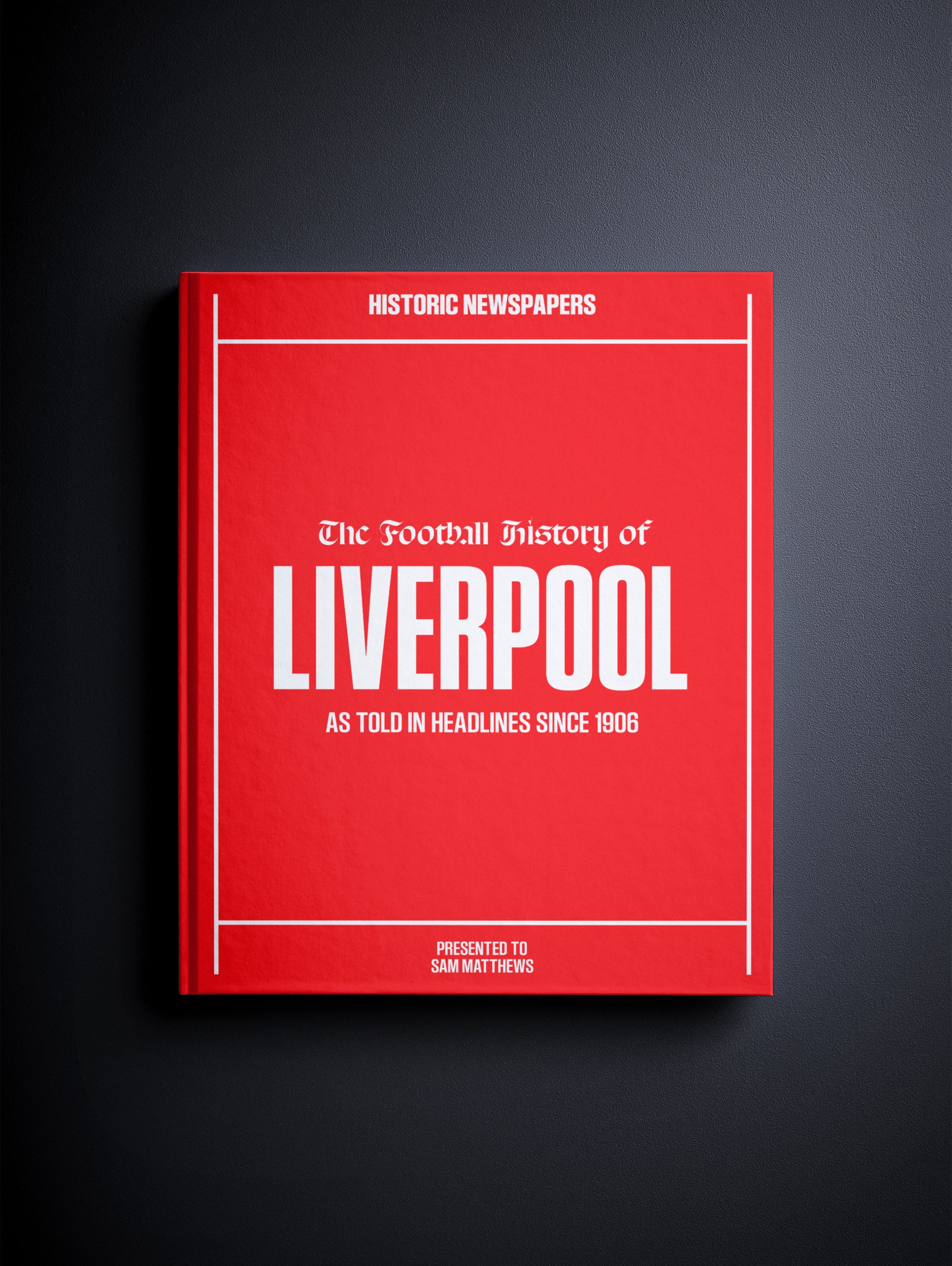
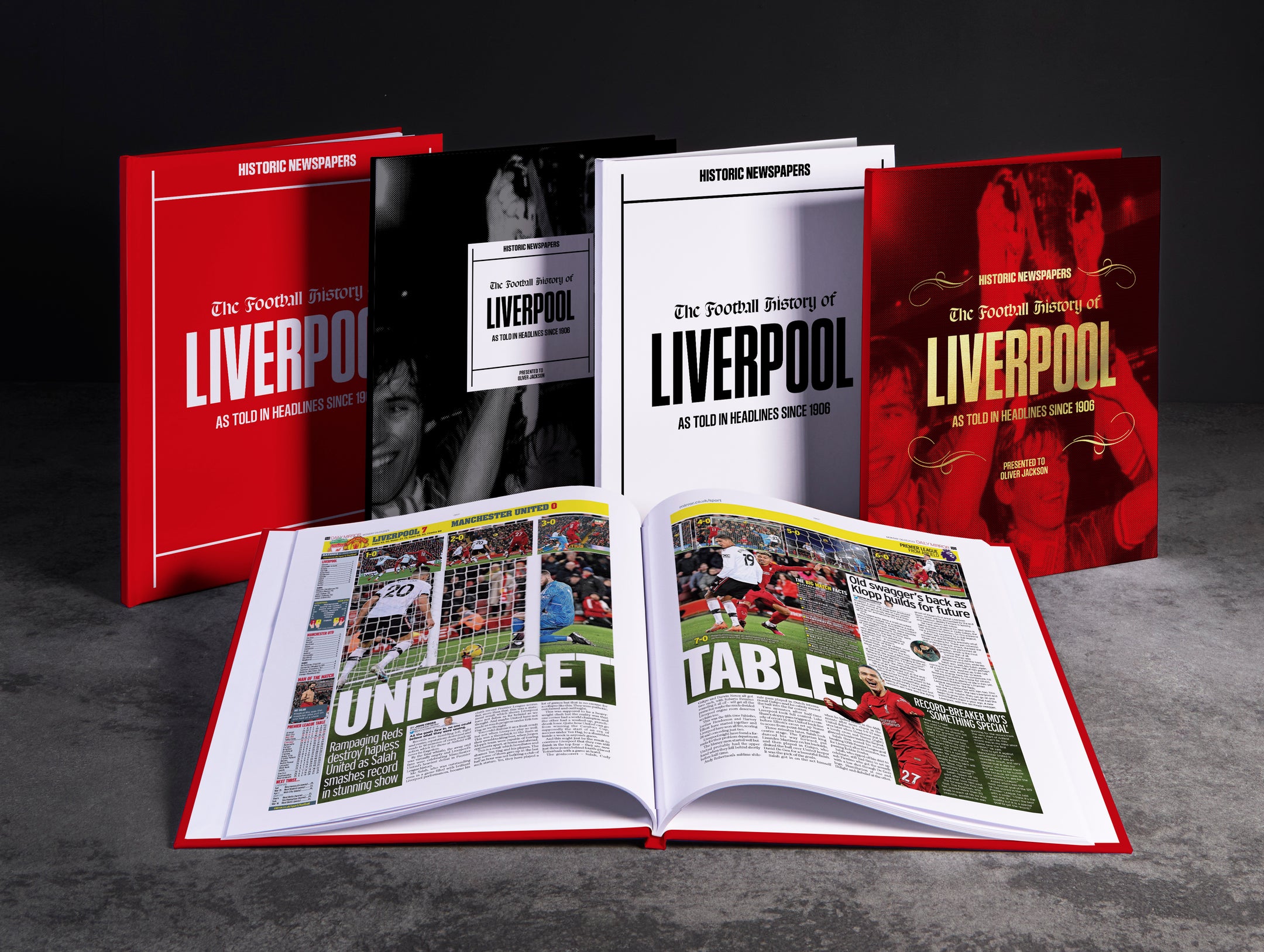
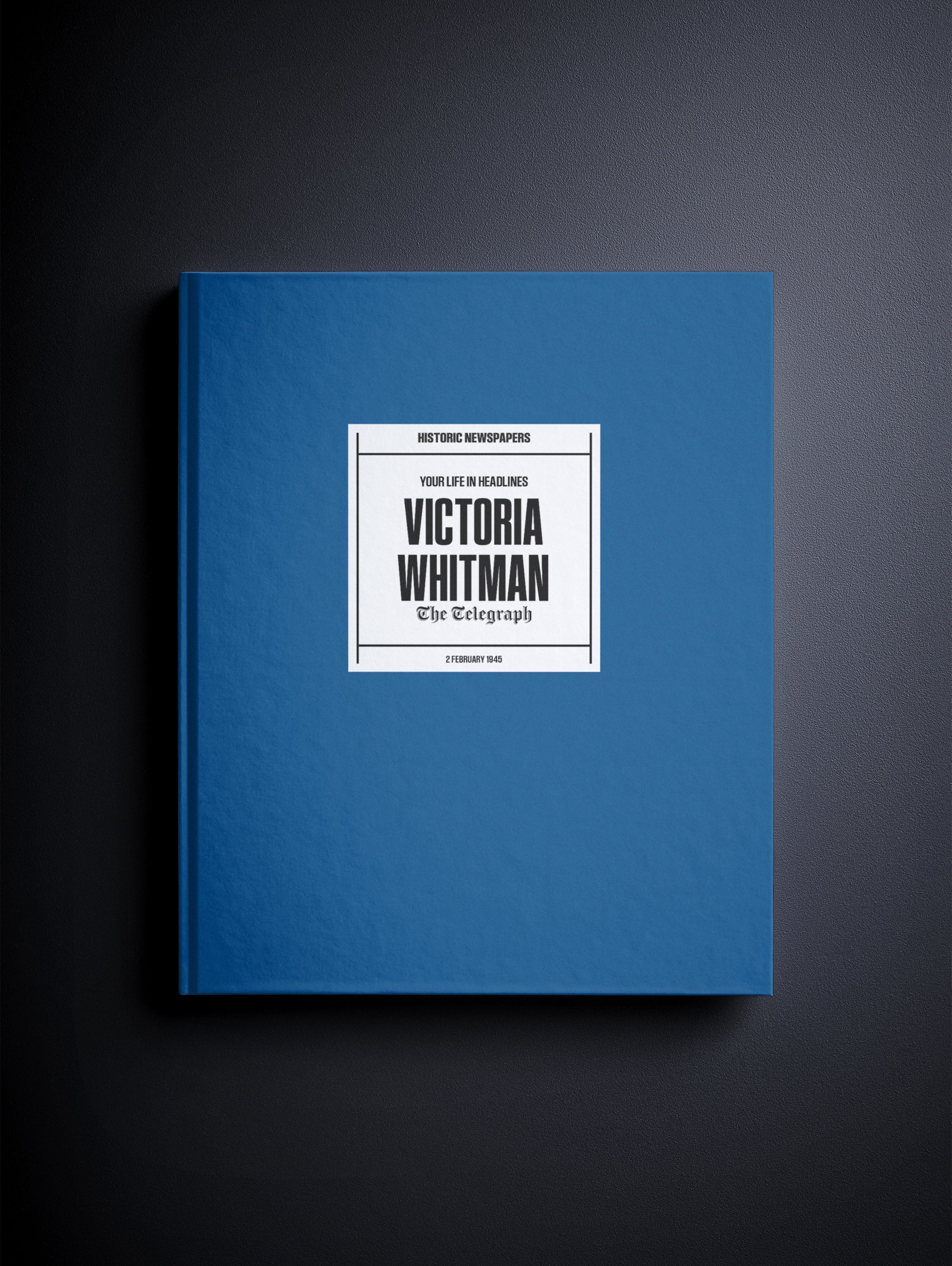
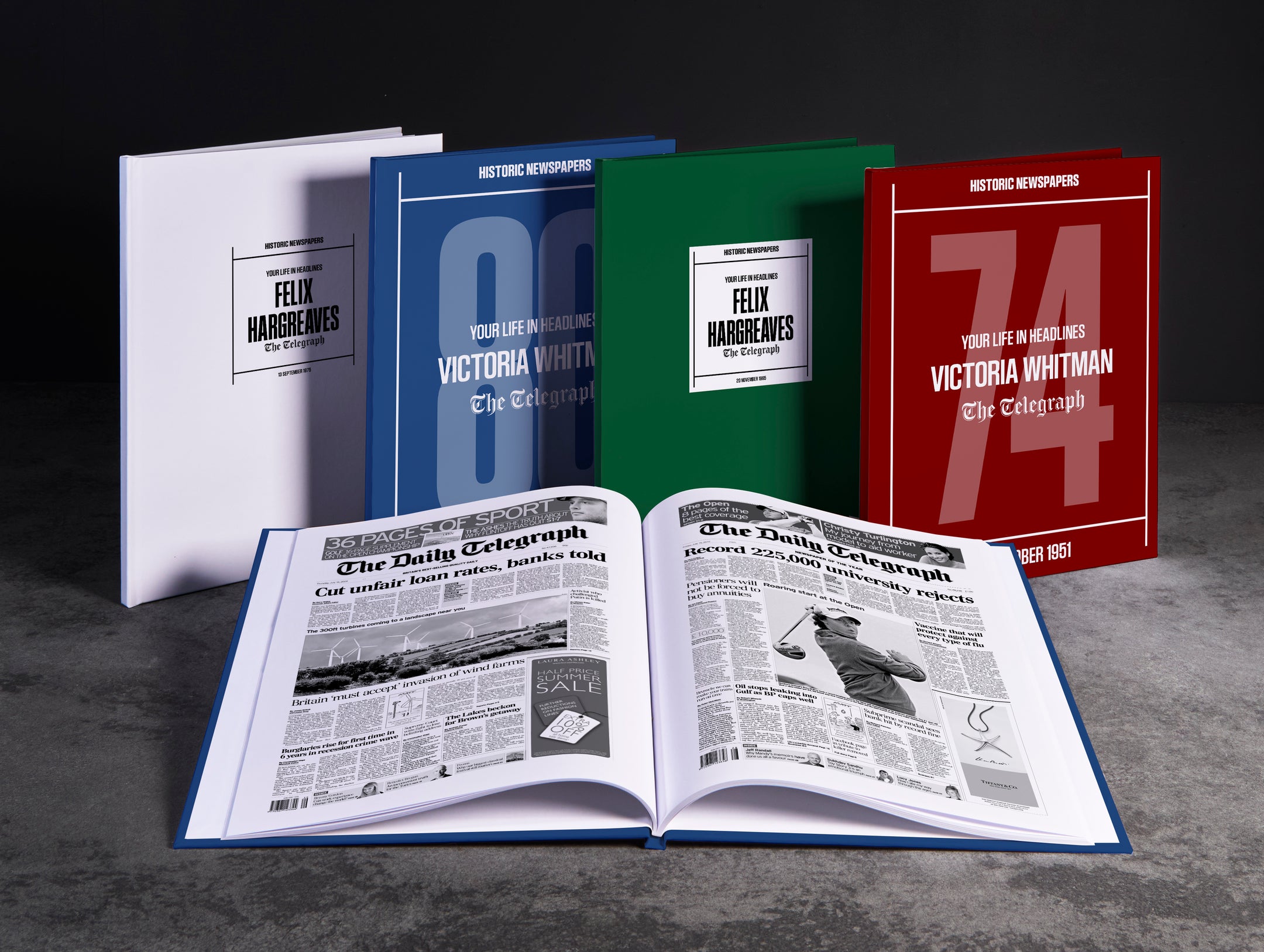
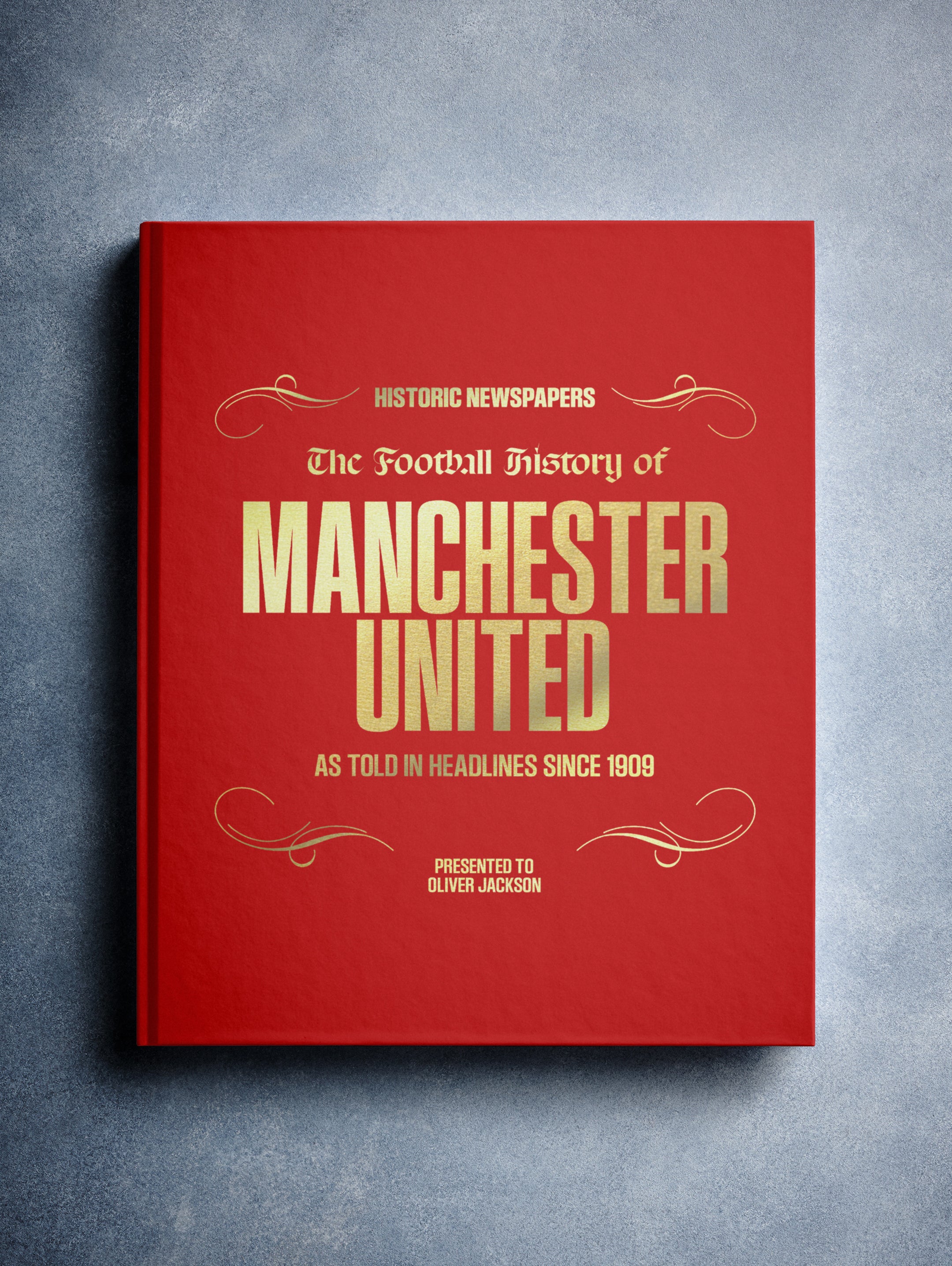
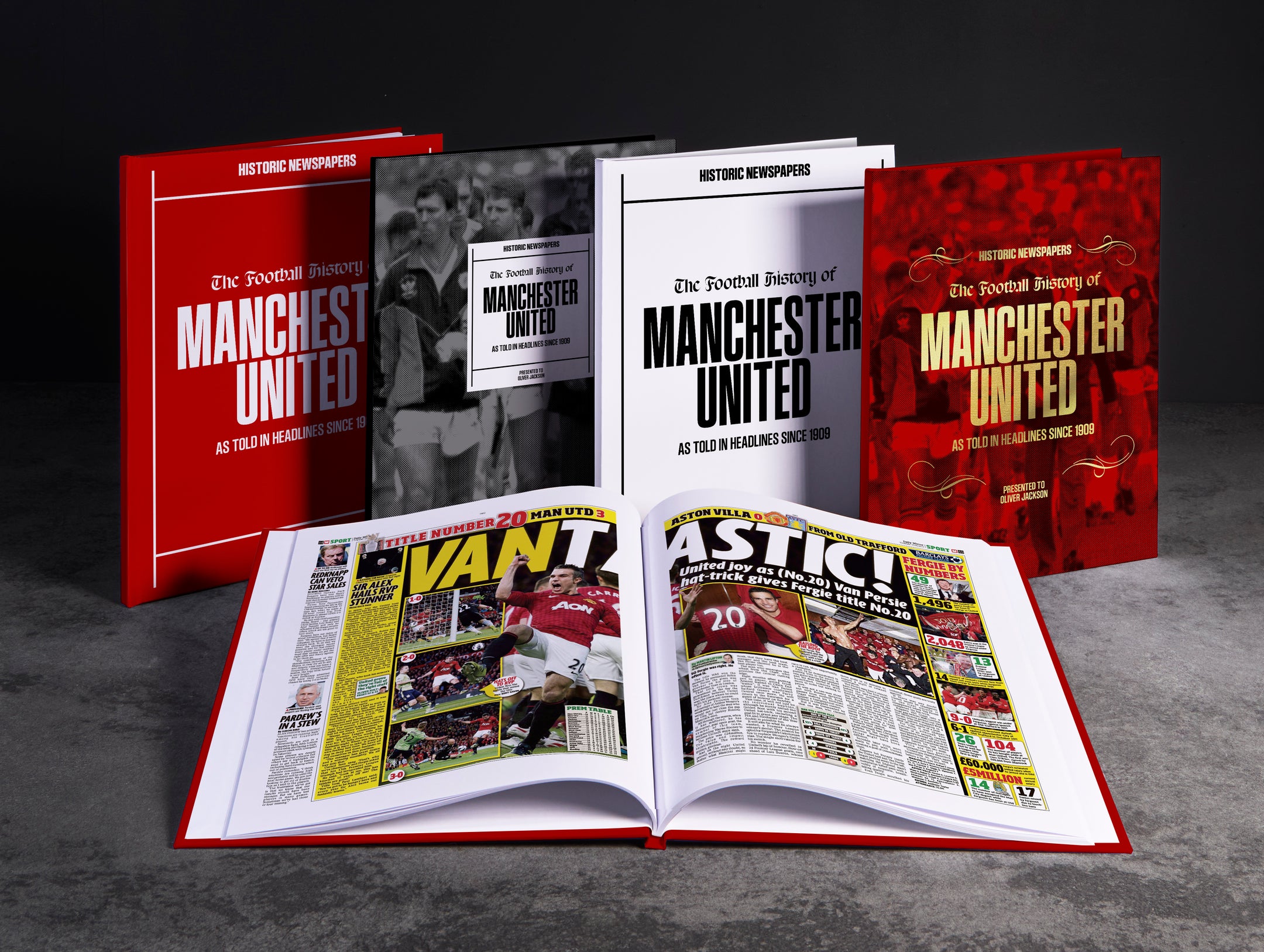
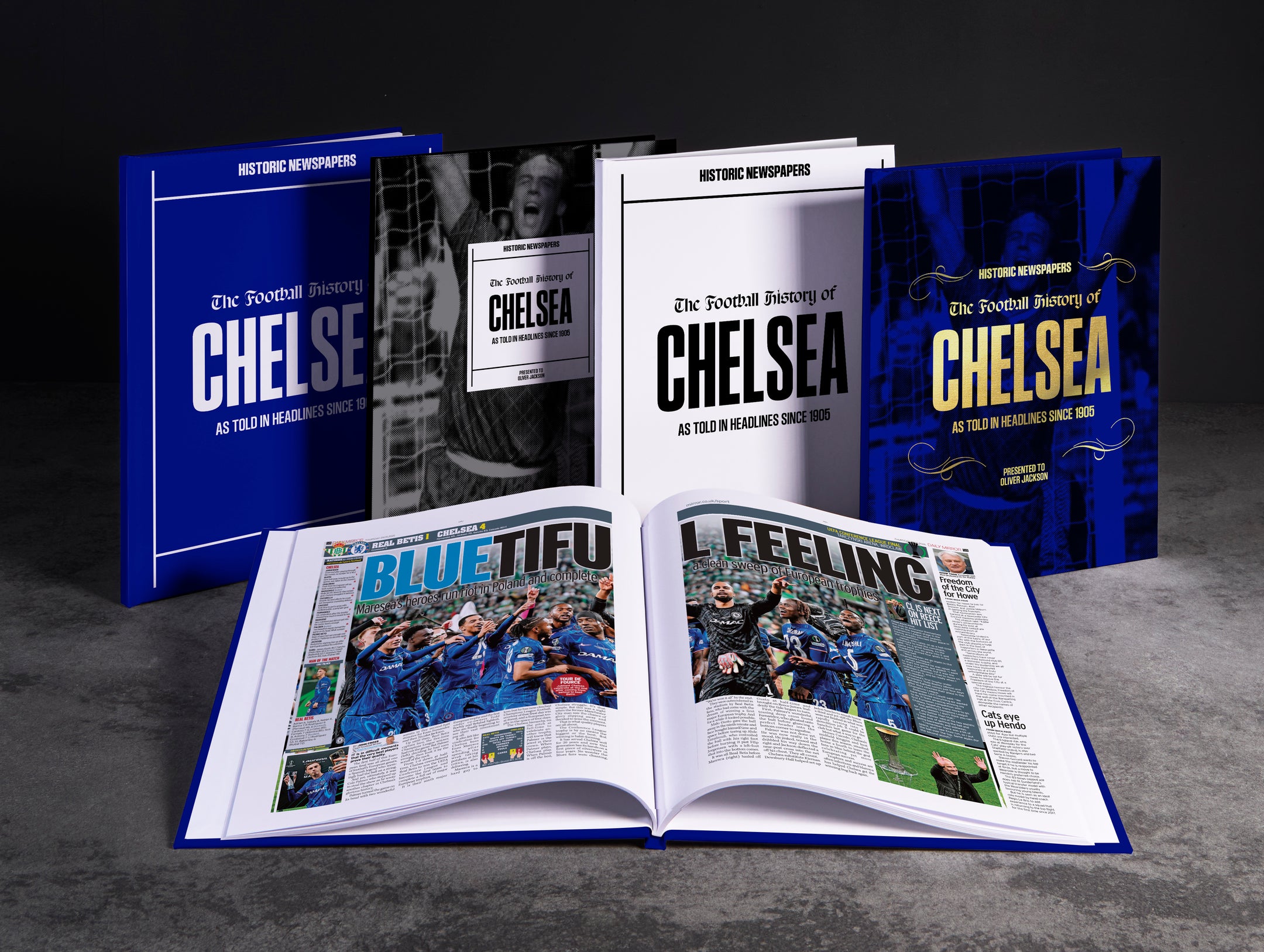
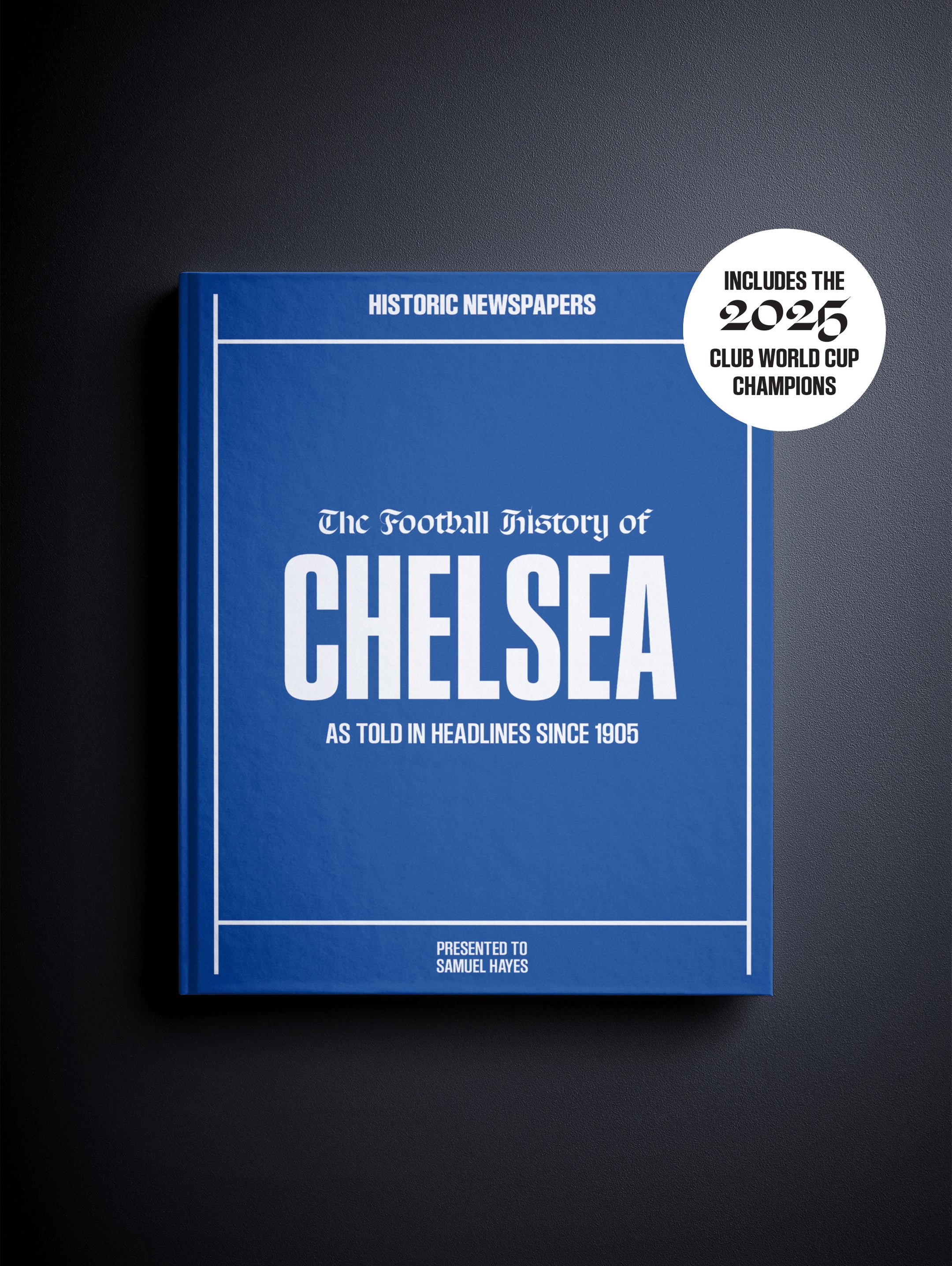
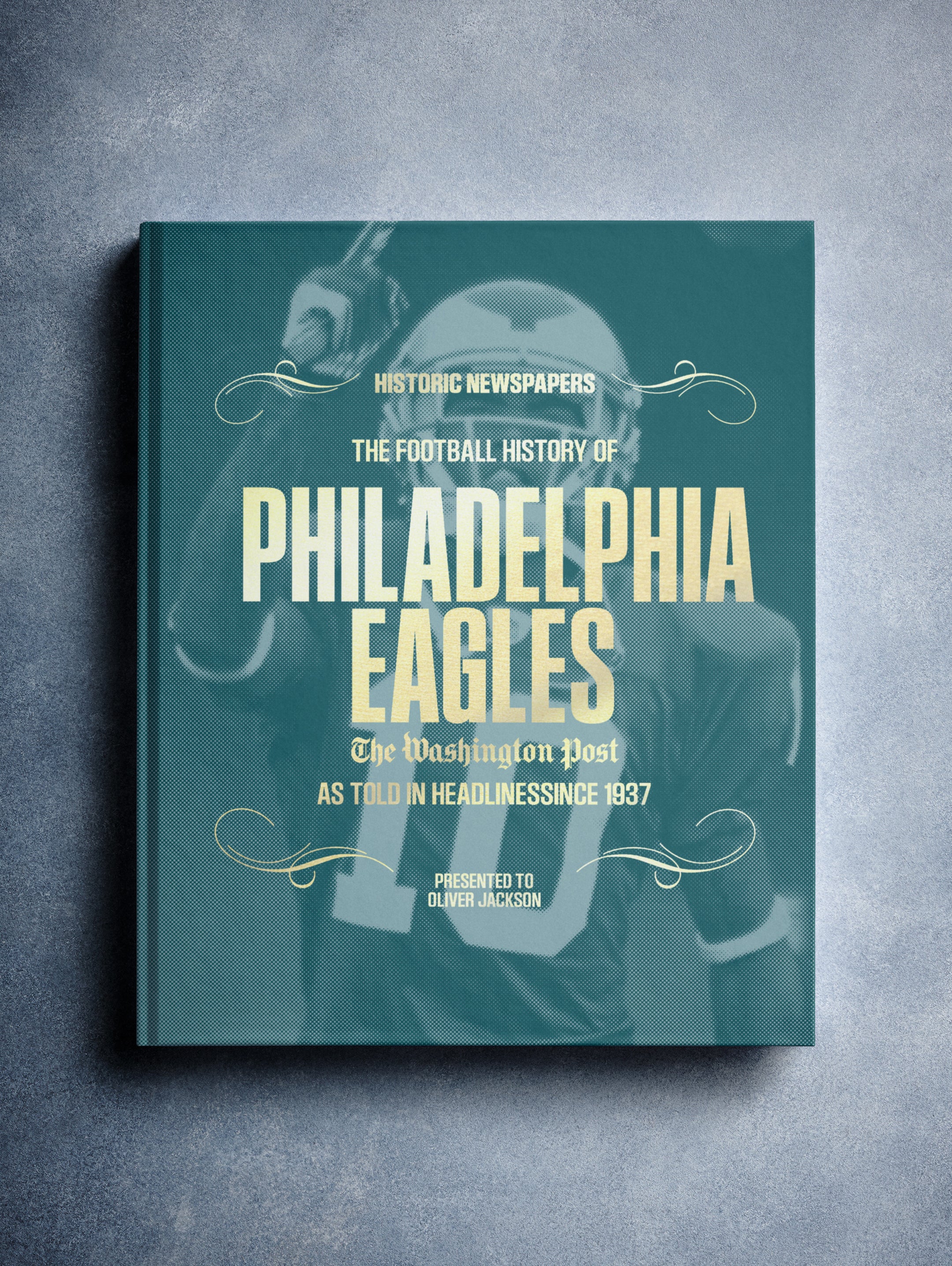
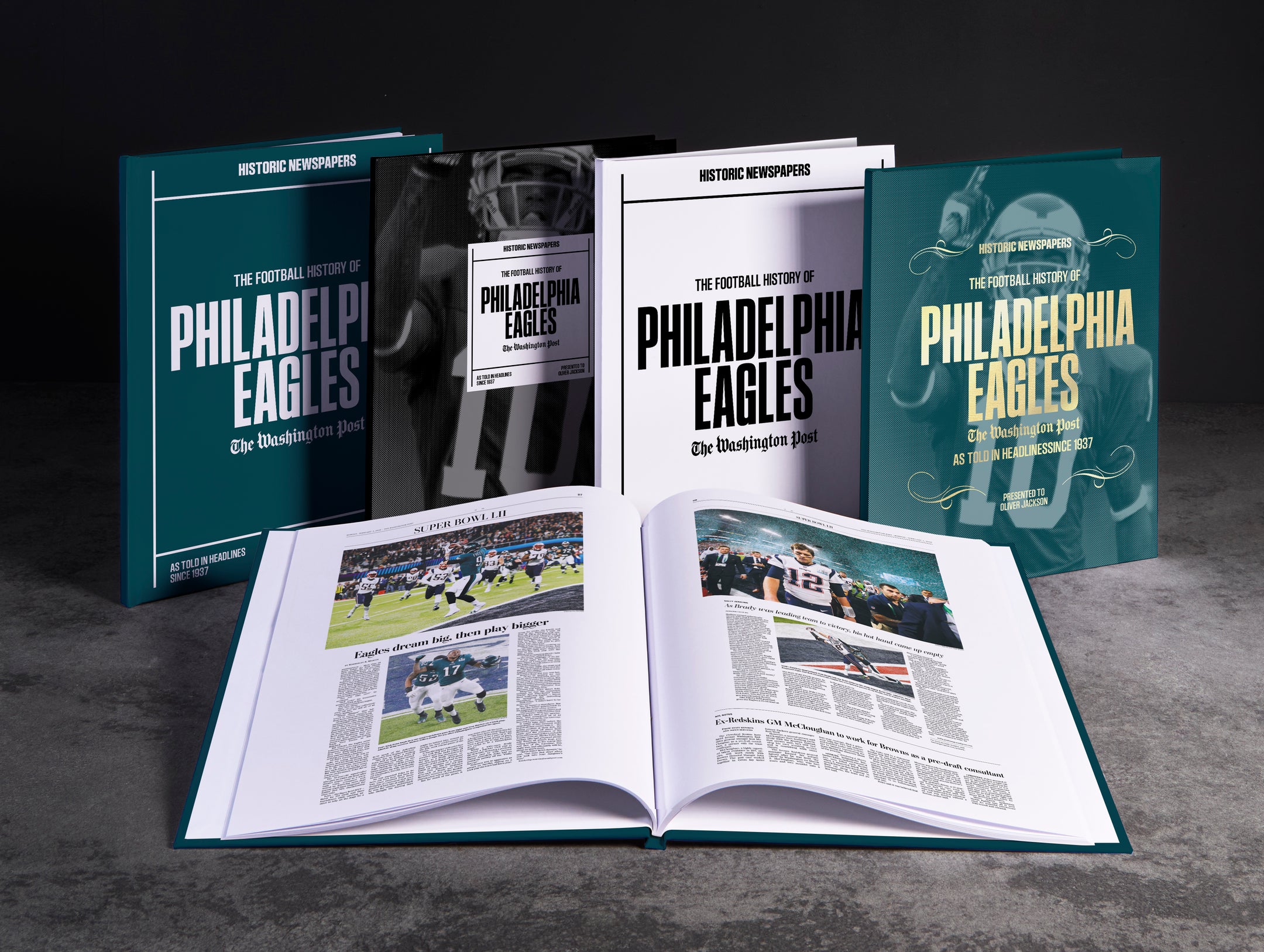
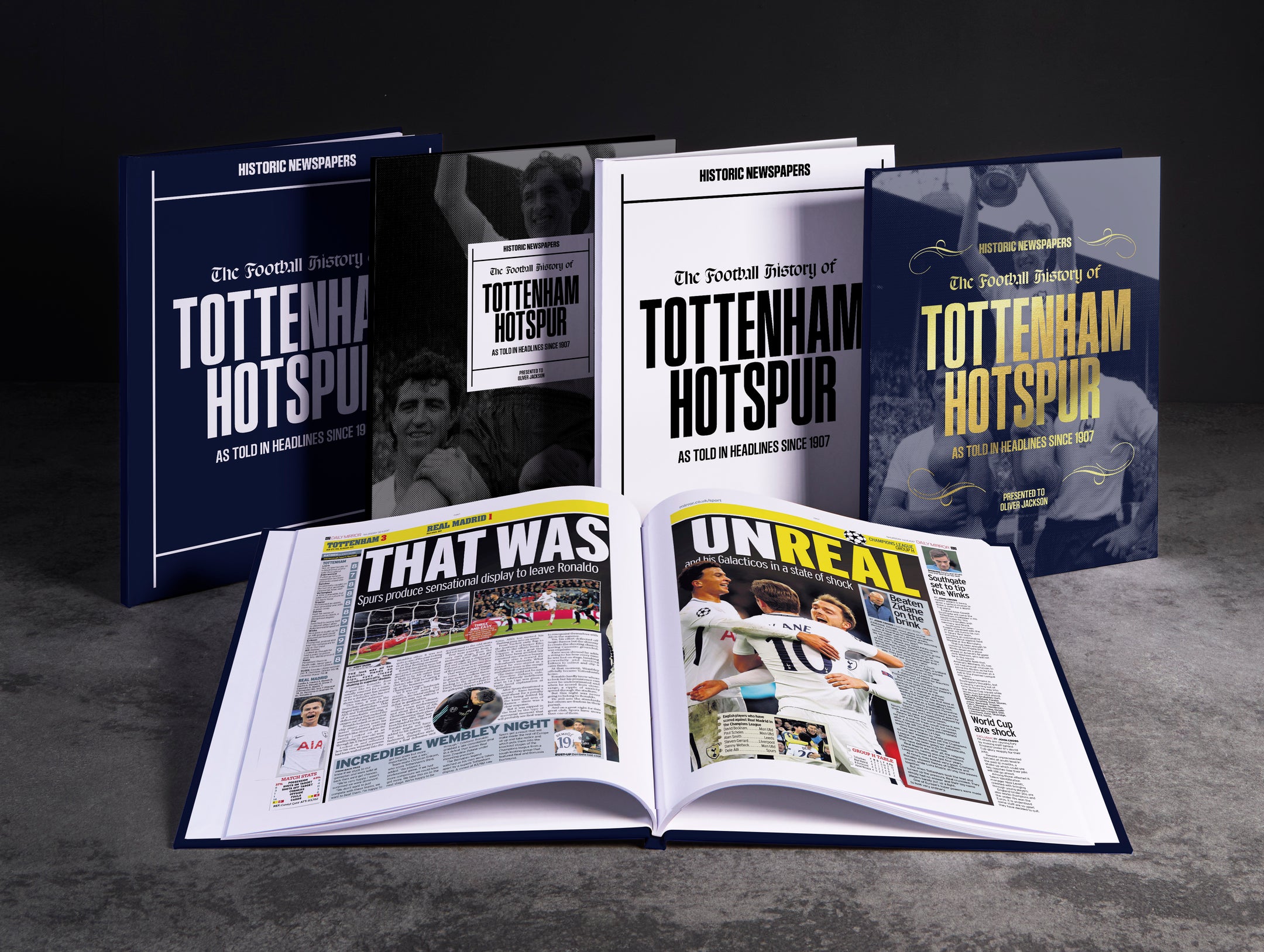



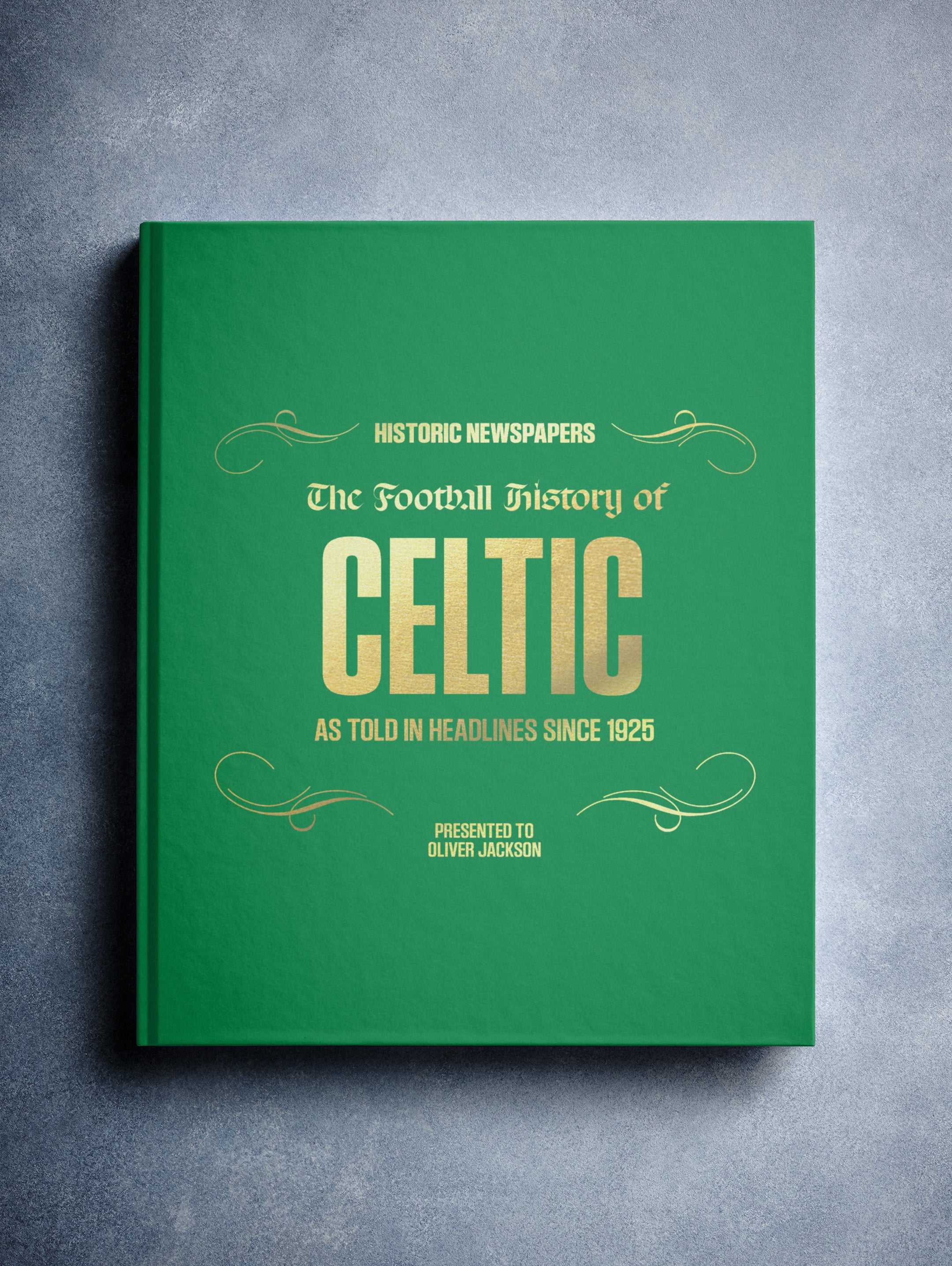
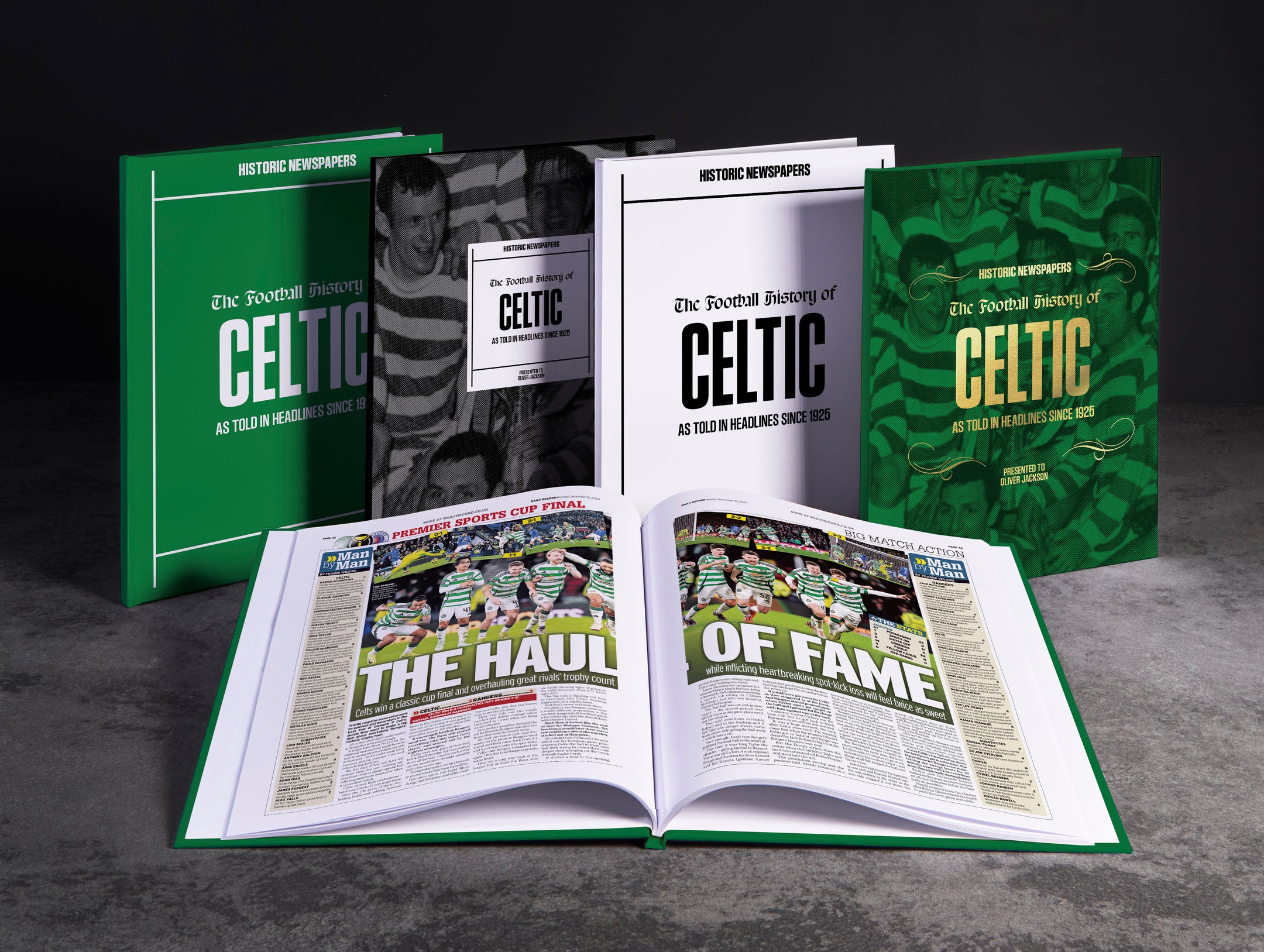
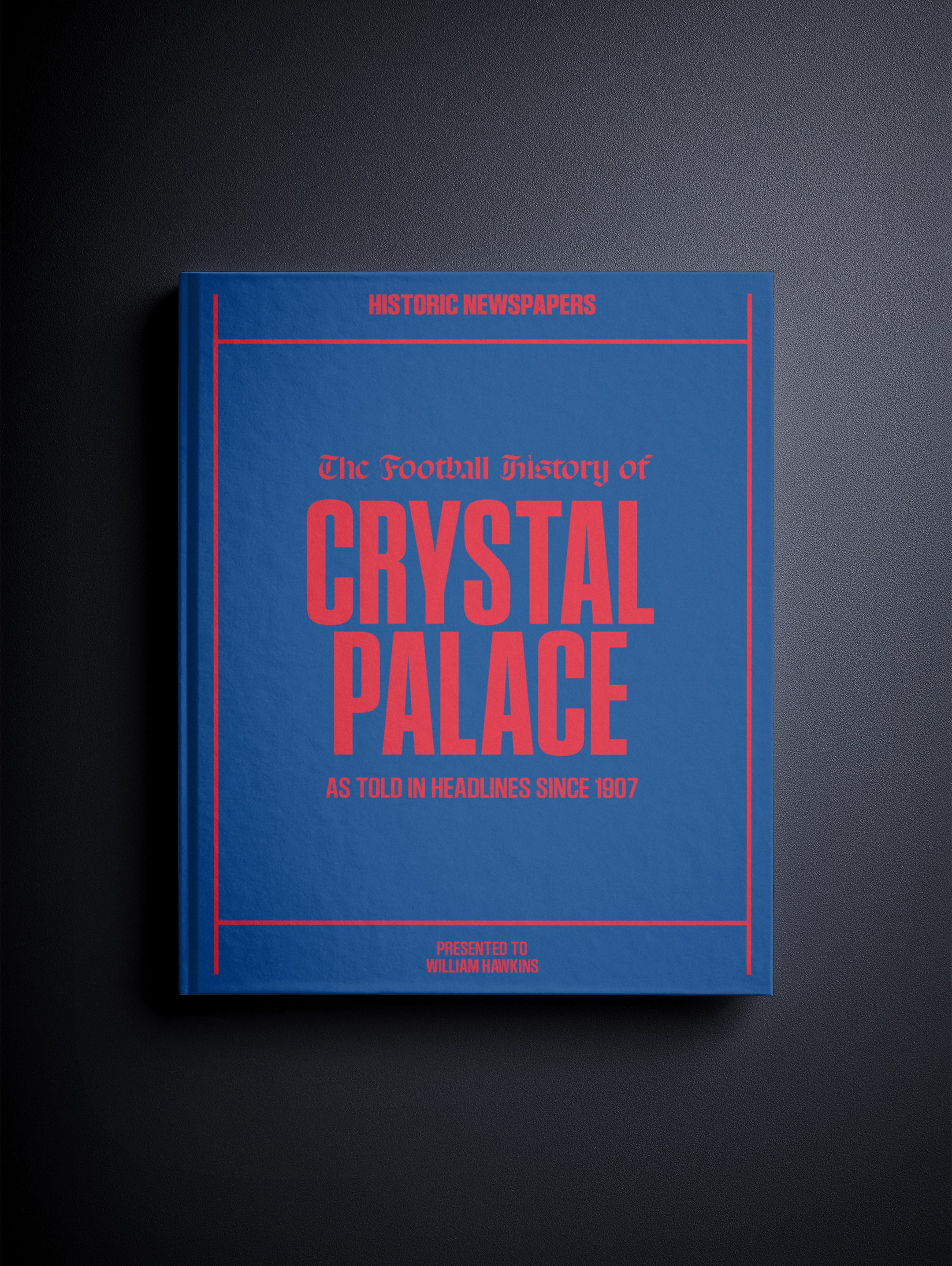
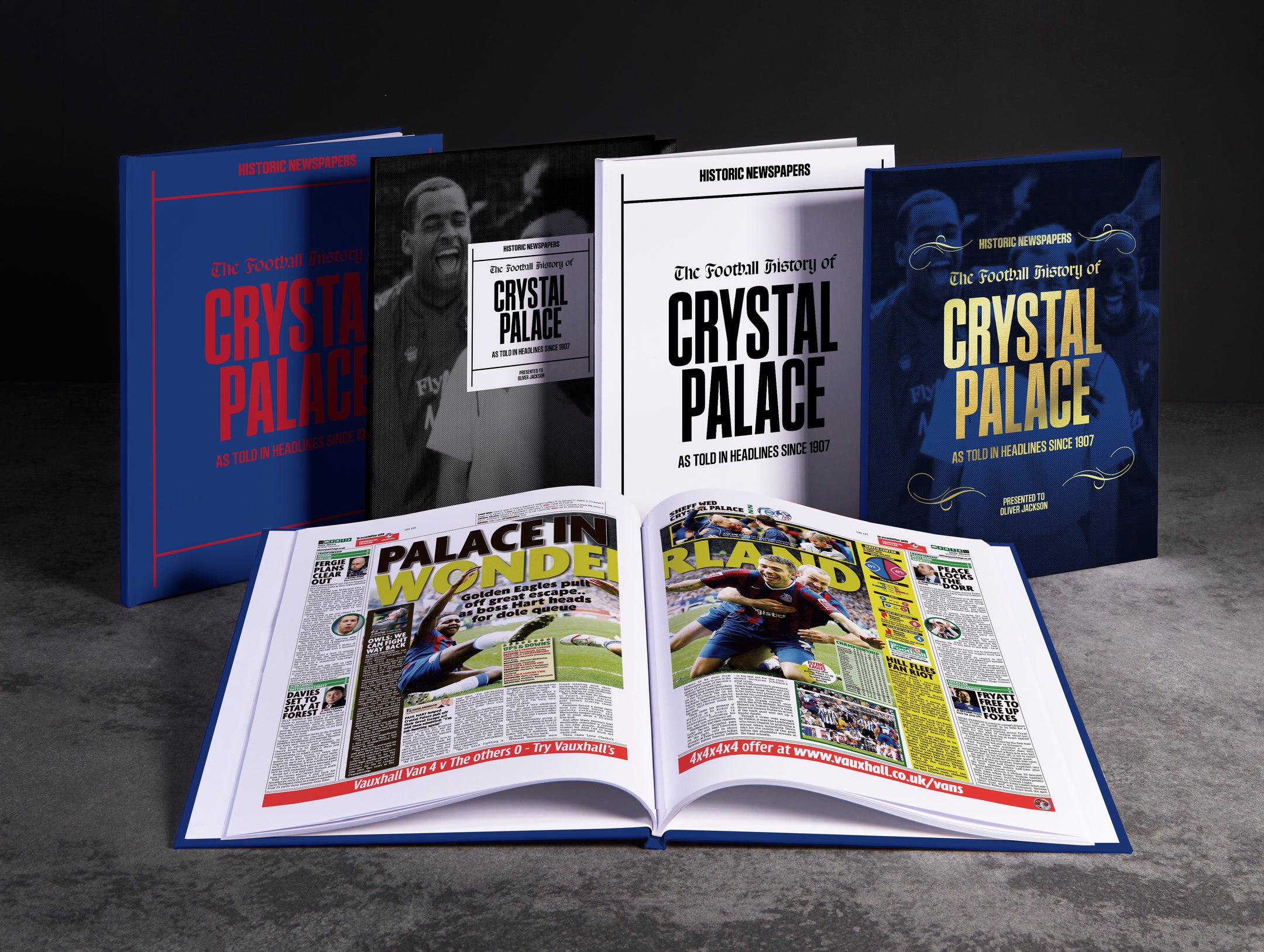
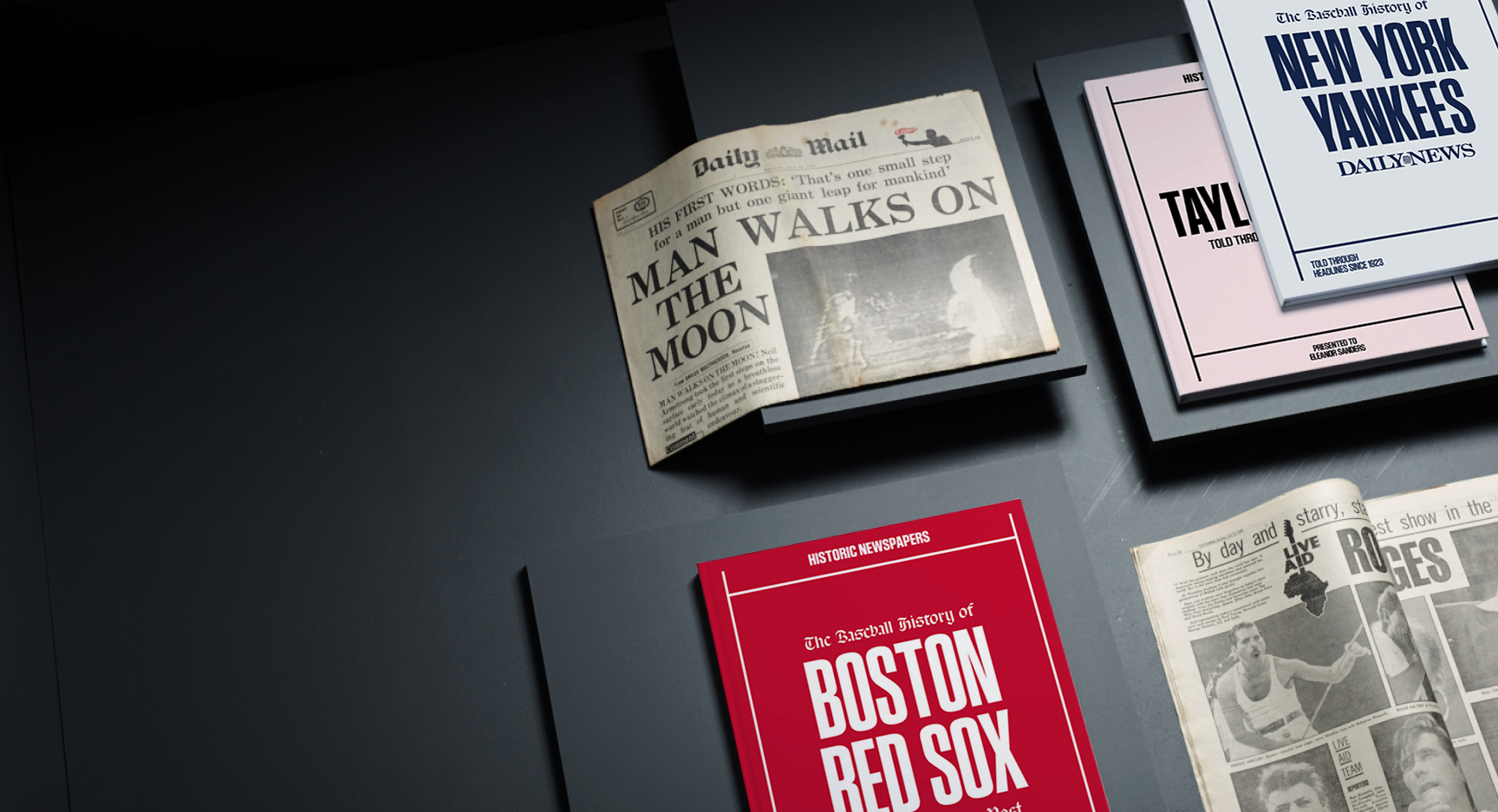
Follow us